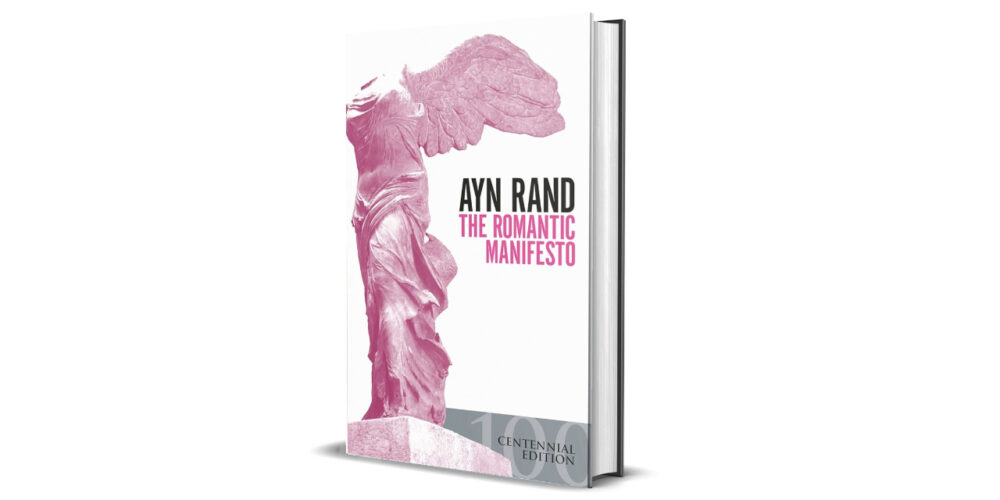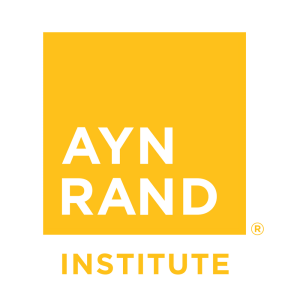Just as she did with the concepts of “selfishness” and “capitalism,” Ayn Rand sought to reclaim and champion the concept of “Romanticism.” She did not treat the task as an academic amusement. To understand why this aesthetic movement had produced some of the most daring, inspiring, and visionary art ever seen (including her own), she sought to identify its essence. Doing so was, she thought, necessary for Romanticism to be “confident of the supreme importance of its mission” and thus to “come of age.”
The Ayn Rand Institute is pleased to announce that Rand’s seminal essay exploring the Romantic literary movement and defining its essence, “What Is Romanticism?,” is now available online for the first time, thanks to special arrangements with the publisher.
In the essay, Rand portrays Romanticism as a superlative achievement of the nineteenth century. In her view, it was the artistic expression of an era marked by “an atmosphere of men intoxicated by the discovery of freedom, with all the ancient strongholds of tyranny — of church, state, monarchy, feudalism — crumbling around them, with unlimited roads opening in all directions and no barriers set to their newly unleashed energy.”
In contrast to the Classicist authors who preceded them, the great Romanticists unleashed a world of larger-than-life characters and vividly creative stories, centered on man’s quest for profound moral values. Rand singles out Victor Hugo, Fyodor Dostoevsky, and Edmond Rostand as the most consistent exponents of this ideal, with Henryk Sienkiewicz’s Quo Vadis and Nathaniel Hawthorne’s The Scarlet Letter as representative single novels.
Not all Romanticists were consistent exemplars of this approach. Many settled for tales of action devoid of spiritual depth, while others embraced the “Byronic” approach of the noble soul in vain struggle against an inexorable world. Rand surveys many examples of greater and lesser Romanticists, offering a treasure trove for readers to explore on their own.
In Rand’s view, the essence of the Romantic spirit lay in their implicit recognition of man’s volition. As artists, they portrayed human beings as beings with free will, capable of shaping their lives through their own choices in the pursuit of meaningful values. Their approach stood in stark contrast to that of the Naturalist school of literature that followed, which, in its aim to portray “real-life” characters, operated on the premise that man is “determined by forces beyond his control.”
Unfortunately, like those other achievements of the century, Romanticism suffered from the philosophical confusion of its time. Lacking a clear, explicit foundation, it came to be misunderstood as an irrational, emotion-driven school of art. Thus, estranged from reason (which Rand saw as “the faculty of volition”), Romanticism was left vulnerable to misunderstanding, which led to its eventual decline.
Romanticism deserves a rebirth worthy of its heroic grandeur. Rand’s essay offers a provocative attempt to fill that void by defining it through its philosophical fundamentals. We invite you to explore it for yourself.
Find a passage from the beginning of the article below.
Romanticism is a category of art based on the recognition of the principle that man possesses the faculty of volition.
Art is a selective re-creation of reality according to an artist’s metaphysical value-judgments. An artist re-creates those aspects of reality which represent his fundamental view of man and of existence. In forming a view of man’s nature, a fundamental question one must answer is whether man possesses the faculty of volition—because one’s conclusions and evaluations in regard to all the characteristics, requirements and actions of man depend on the answer.
Their opposite answers to this question constitute the respective basic premises of two broad categories of art: Romanticism, which recognizes the existence of man’s volition—and Naturalism, which denies it.
In the field of literature, the logical consequences of these basic premises (whether held consciously or subconsciously) determine the form of the key elements of a literary work.
You can find her full essay here or in her book The Romantic Manifesto.







